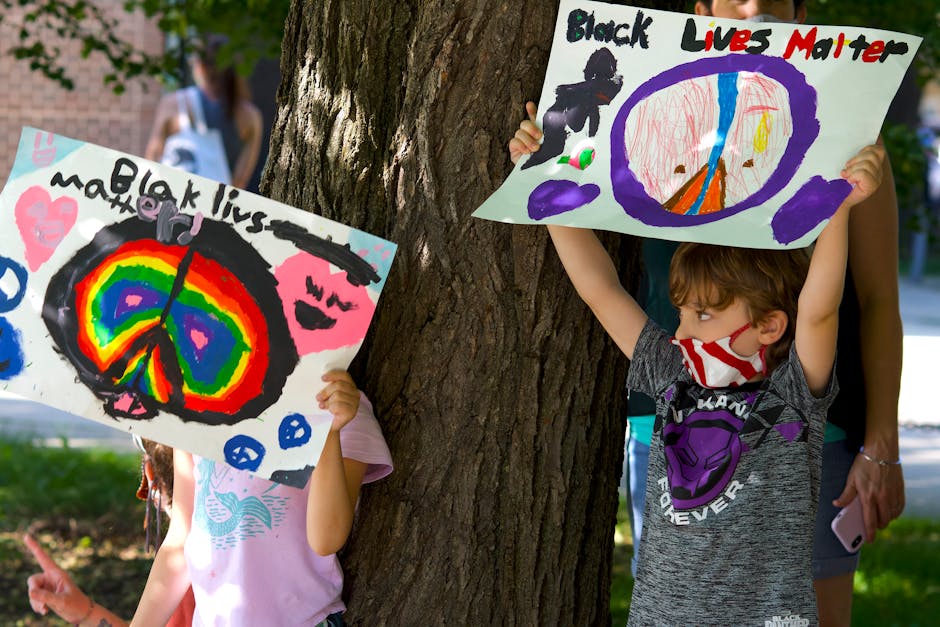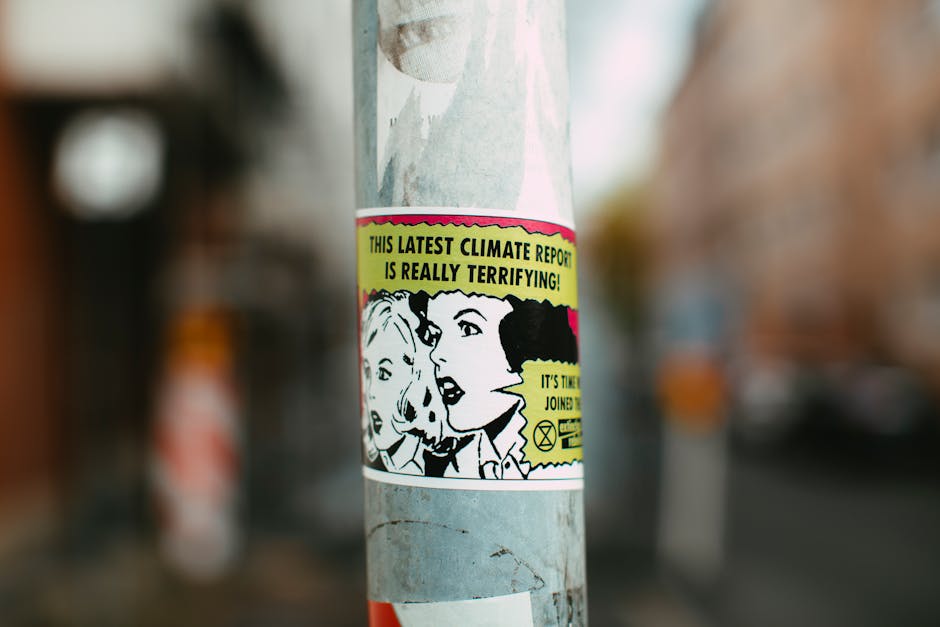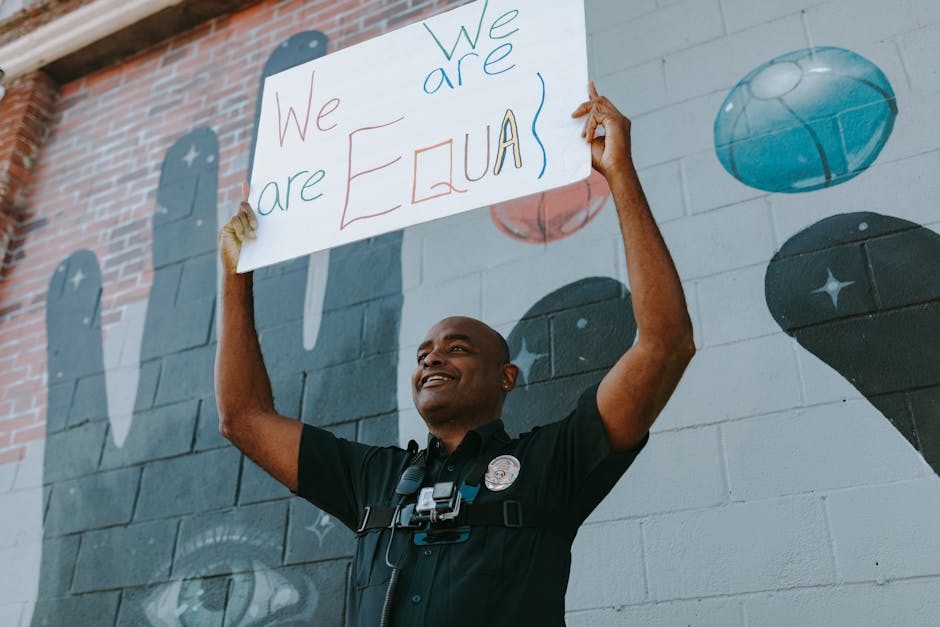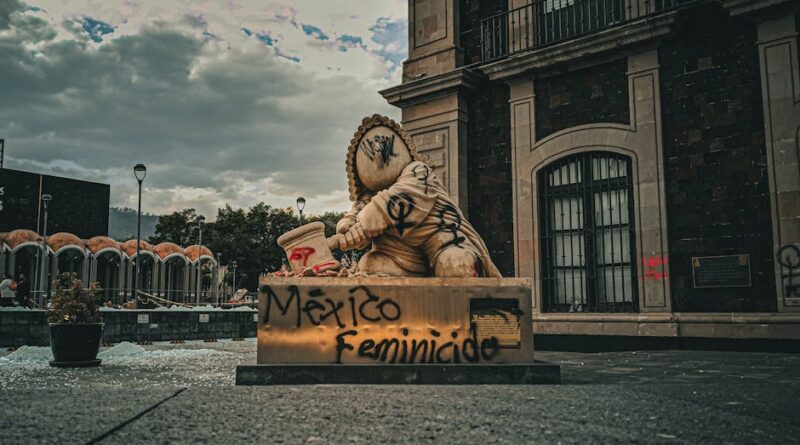The Role of Art in Social Change
Art has always had the power to evoke emotions, spark conversations, and challenge societal norms. Throughout history, artists have played a crucial role in bringing about social change by addressing pressing issues, advocating for marginalized communities, and fostering empathy and understanding. In today’s world, the intersection of art and social change continues to be a powerful force for shaping public discourse and driving progress. This article delves into the multifaceted role of art in social change, exploring its impact, challenges, and potential for creating a more just and equitable society.
The Power of Visual Storytelling

Visual art has a unique ability to communicate complex ideas and emotions in a way that transcends language barriers. Artists often use their work to tell stories, shed light on social injustices, and amplify the voices of marginalized communities. For example, the iconic “We Can Do It!” poster created by J. Howard Miller during World War II became a symbol of women’s empowerment and the feminist movement. Similarly, the AIDS Memorial Quilt, which commemorates the lives lost to the AIDS epidemic, serves as a powerful reminder of the human toll of the disease.
Visual storytelling through art can also challenge dominant narratives and provoke critical reflection. For instance, the Guernica painting by Pablo Picasso, created in response to the bombing of the Basque town during the Spanish Civil War, is a poignant condemnation of war and violence. By depicting the horrors of conflict in a visceral and emotive way, Picasso’s artwork continues to resonate with audiences and inspire conversations about peace and justice.
Art as a Tool for Social Justice

Art has long been used as a tool for advocating for social justice and advancing human rights causes. Artists and activists collaborate to create works that raise awareness about systemic inequalities, discrimination, and oppression. For example, the Black Lives Matter movement has been closely intertwined with various forms of art, including music, poetry, visual art, and performance. These creative expressions serve to amplify the voices of Black communities, challenge racial injustice, and mobilize support for policy changes.
In recent years, street art and murals have emerged as powerful mediums for addressing social issues and engaging with local communities. Artists like Banksy have gained international acclaim for their politically charged artworks that critique government policies, corporate greed, and environmental degradation. By transforming public spaces into sites of protest and resistance, street artists challenge the status quo and invite passersby to reflect on pressing social issues.
Artistic Activism and Social Movements

Artistic activism blends the creative energies of artists with the strategic tactics of activists to effect social change. This hybrid approach leverages the power of art to engage audiences, disrupt dominant narratives, and mobilize communities around specific causes. The Yes Men, a group of activist-pranksters, are known for their satirical performances and media interventions that expose corporate malfeasance and political corruption. Through their acts of creative protest, the Yes Men challenge the public to question power structures and imagine alternative futures.
Artistic activism can take many forms, from guerilla projections on government buildings to flash mobs in public spaces. These disruptive tactics aim to capture the public’s attention, spark dialogue, and inspire action. The Climate Clock, a public art installation in New York City that displays the time remaining to take meaningful climate action, is a powerful example of how art can communicate urgent messages and galvanize collective efforts to address global challenges.
Art Education and Social Change

Art education plays a vital role in fostering creativity, critical thinking, and empathy in young people. By incorporating social justice themes into the curriculum, educators can empower students to think critically about the world around them and become agents of change. Arts-based programs have been shown to improve academic performance, enhance social-emotional skills, and promote positive youth development.
Community arts initiatives, such as youth art workshops, public art projects, and artist-in-residence programs, provide opportunities for young people to express themselves creatively, collaborate with peers, and engage with social issues. These programs not only cultivate artistic talent but also nurture civic engagement and social awareness. By investing in art education, schools and communities can equip the next generation with the tools they need to address pressing social challenges and contribute to a more just and equitable society.
Challenges and Controversies
While art has the potential to catalyze social change, it is not without its challenges and controversies. Artists who engage with political or sensitive topics often face backlash, censorship, and threats to their safety. For example, the Russian feminist punk rock band Pussy Riot faced imprisonment and persecution for their provocative performances that criticized the government and advocated for LGBTQ rights. Similarly, artists in authoritarian regimes may risk arrest, surveillance, or exile for their dissenting artwork.
Furthermore, the commodification of art and its co-optation by corporate interests can dilute its transformative potential and reinforce existing power structures. Art that is marketed as a commodity for profit may prioritize commercial success over social impact, compromising its ability to inspire change and challenge the status quo. Artists must navigate these tensions carefully, balancing their creative integrity with the demands of the market and ethical considerations.
The Future of Art and Social Change
As we look to the future, the role of art in social change is poised to evolve and expand in new and innovative ways. Advances in technology, such as digital art platforms, virtual reality experiences, and social media activism, offer artists unprecedented opportunities to reach global audiences and mobilize collective action. Artists are increasingly collaborating across disciplines and borders to address pressing issues like climate change, racial inequality, and human rights abuses.
Artists, activists, and cultural institutions are also exploring new models of collaboration and engagement to amplify diverse voices, foster inclusive narratives, and dismantle oppressive systems. Initiatives like the Culture Declares Emergency movement, which calls on cultural organizations to declare a climate emergency and take urgent action to address environmental crises, highlight the potential for art to drive systemic change and shape public discourse.
Conclusion
Art has the power to transcend boundaries, challenge norms, and inspire action. By harnessing the creative energies of artists, activists, and communities, we can harness the transformative potential of art to drive social change, advance human rights, and build a more just and equitable world. As we navigate the complexities of our time, let us remember the pivotal role that art plays in shaping our collective future and envisioning new possibilities for a more inclusive and sustainable society.
To wrap things up, let us continue to support and celebrate the artists, activists, and cultural workers who use their talents to create a better world for all. Together, we can harness the power of art to catalyze social change, foster empathy and understanding, and move towards a brighter and more just future.




